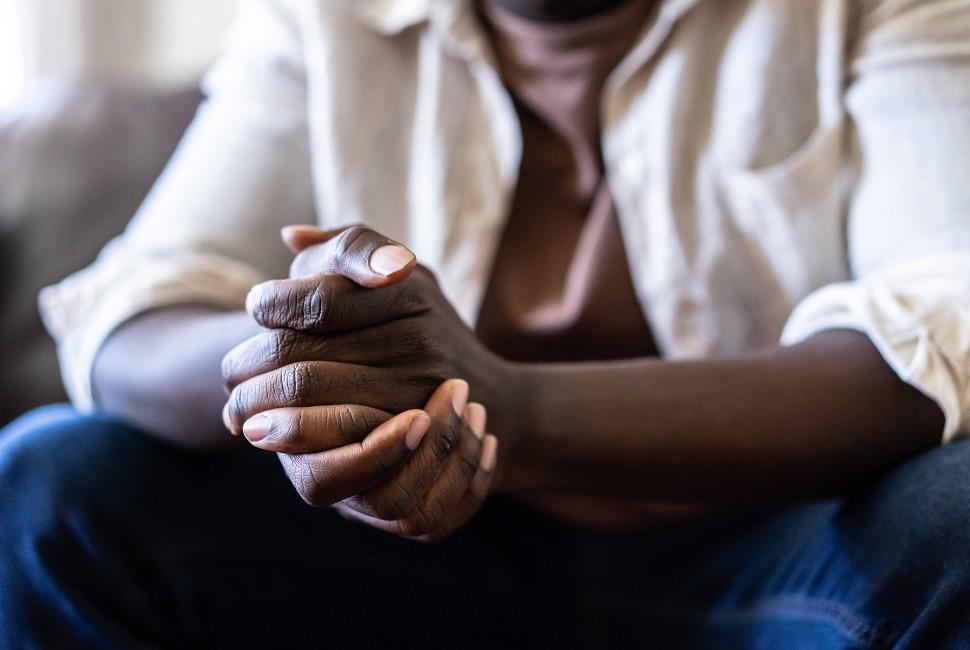A new Northwestern University study found that most justice-involved youth with a mental health disorder did not receive needed services during the 16 years after detention. The lack of services was greatest among persons who were Black, male, or had substance use or disruptive behavior disorders.
The findings come from the Northwestern Juvenile Project , a longitudinal study of mental health needs and outcomes of 1,829 youth after juvenile detention.
“Previously, we found that less than 15% of youth with severe mental health disorders received needed services within six months after they were detained. We wanted to know: did the disparity in mental health services improve as youth aged, or did it get worse?” said Linda Teplin, principal investigator of the Northwestern Juvenile Project and the study’s senior author.
Northwestern University Feinberg School of Medicine researchers used data from the Northwestern Juvenile Project, which included13 follow-up interviews across 16 years after detention. Researchers investigated whether youth who needed mental health services received them as they aged, up to median age 32 years. They also examined if there were inequities in service use based on demographics or type of mental health diagnosis.
Investigators found that, at any follow-up interview, less than one in five males and females received needed mental health services. They also found significant inequities by sex, race/ethnicity, age and diagnosis.
Individuals most likely to receive services were female, non-Hispanic white or Hispanic. Participants were more likely to receive services when they were younger than 18 years or if they had mood or anxiety disorders.
“Untreated disorders have consequences. Without treatment, it is harder to finish school, get and keep a job, have healthy relationships, stop using drugs and stay out of jail,” said María José Luna, first author of the study and doctoral candidate in psychiatry and behavioral sciences.
The Northwestern study co-authors include Karen M. Abram, David A. Aaby and Leah J. Welty.
Key findings
- Males were half as likely to receive services compared to females. For example, five years after detention, 17% of females with a disorder received services, compared with 9% of males.
- Black participants were less likely than non-Hispanic white and Hispanic participants to receive services. For example, three years after detention, 10% of Black males who had a disorder received needed services. In contrast, 17% of non-Hispanic white males and 15% of Hispanic males with disorders received needed services.
- Participants were more likely to receive services when they were children than when they were adults. For example, five years after detention, 48% of those who were younger than 18 years received needed services while only 9% of those who were 18 years or older received them.
- Individuals with substance use disorders were less likely to receive services than those with mood or anxiety disorders. For example, 12 years after detention, 26% of males with mood or anxiety disorders received services while only 2% of males with substance use disorders did.
The researchers suggest potential strategies for improving outcomes for youth in the juvenile justice system and increasing their engagement with services, such as enhancing mental health literacy and normalizing mental health problems.
"Getting out of jail or prison can be overwhelming. People have to find housing, get a job and health insurance, and reconnect with their loved ones. This transition can be dangerous — the risk of drug overdose and suicide is the greatest right after release,” Luna said. “To facilitate this transition, we need to link people to mental health services in the community.”
“However, linking people to services isn’t enough,” Luna continued. “Because many people don’t trust the healthcare system, they may not show up to their first appointment. They may even drop out of treatment. To build trust with patients, clinicians must use non-judgmental, compassionate approaches to treatment that center people’s cultural background and past traumatic experiences.”
Teplin said opportunities exist for policymakers to address inequities in service provision by improving how mental health care costs are covered.
“Expanding Medicaid coverage to include mental health care in detention, jail or prison would prevent people from falling through the cracks. This will be expensive. But in the long run, it will ultimately be cost-effective by lowering recidivism,” Teplin said.


